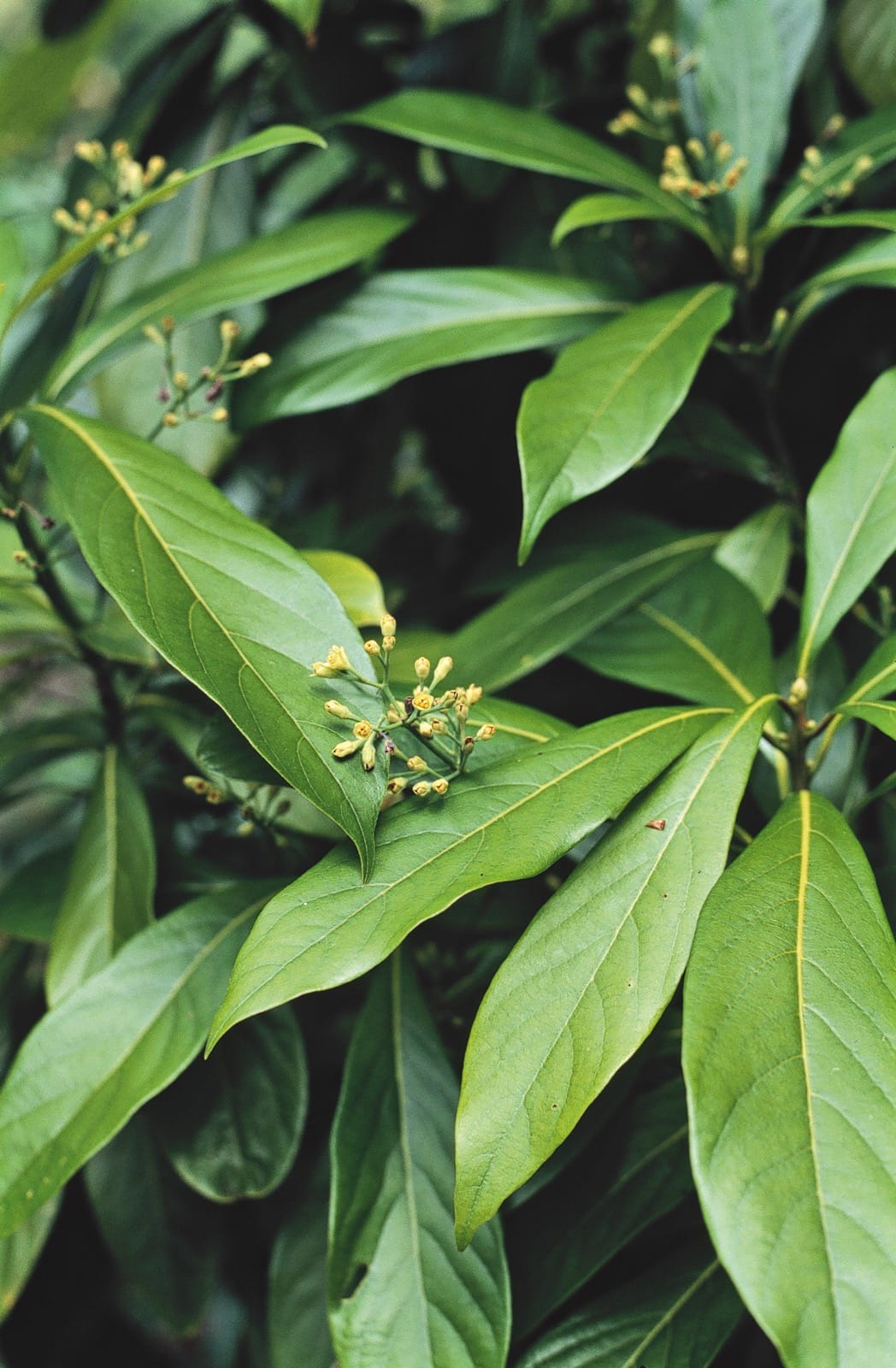Phoebe formosana
Credits
Article from New Trees by John Grimshaw & Ross Bayton
Recommended citation
'Phoebe formosana' from the website Trees and Shrubs Online (treesandshrubsonline.
Genus
Small tree; ultimate height and girth unknown. Stems green, becoming brown at the base, with prominent lenticels. Branchlets angular and covered with short greyish brown hairs. Leaves evergreen, alternate, 12–18 × 4–6 cm, broad-obovate to oblanceolate, thick and papery, upper surface green and glabrous, lower surface glaucous and pubescent, 10 secondary veins on each side of the midrib, margins entire and slightly revolute, apex acute; petiole ~1.3 cm long and pubescent. Inflorescence axillary and paniculate, 10–15 cm long and pubescent. Flowers ~0.3 cm long and inconspicuous, with six equal, villous tepals, nine fertile stamens and three staminodes. Fruit purplish black, ellipsoidal and ~1 cm long. Flowering May to June, fruiting December to March (Taiwan). Liao 1996b. Distribution CHINA: Anhui; TAIWAN. Habitat Evergreen broadleaved forest between 100 and 2000 m asl. USDA Hardiness Zone 8. Conservation status Not evaluated. Illustration Liao 1996b; NT560.
When seen at Heronswood in July 2004 Phoebe formosana had made a rather shrubby tree of 3.5 m, with multiple stems from the base: it was not particularly exciting, even for a Phoebe. The leaves were slightly yellowish green, with a light gloss, although they flush with a bronze tint. This specimen was flowering at the time but the flowers are tiny, green and scentless. It is not common in cultivation.

